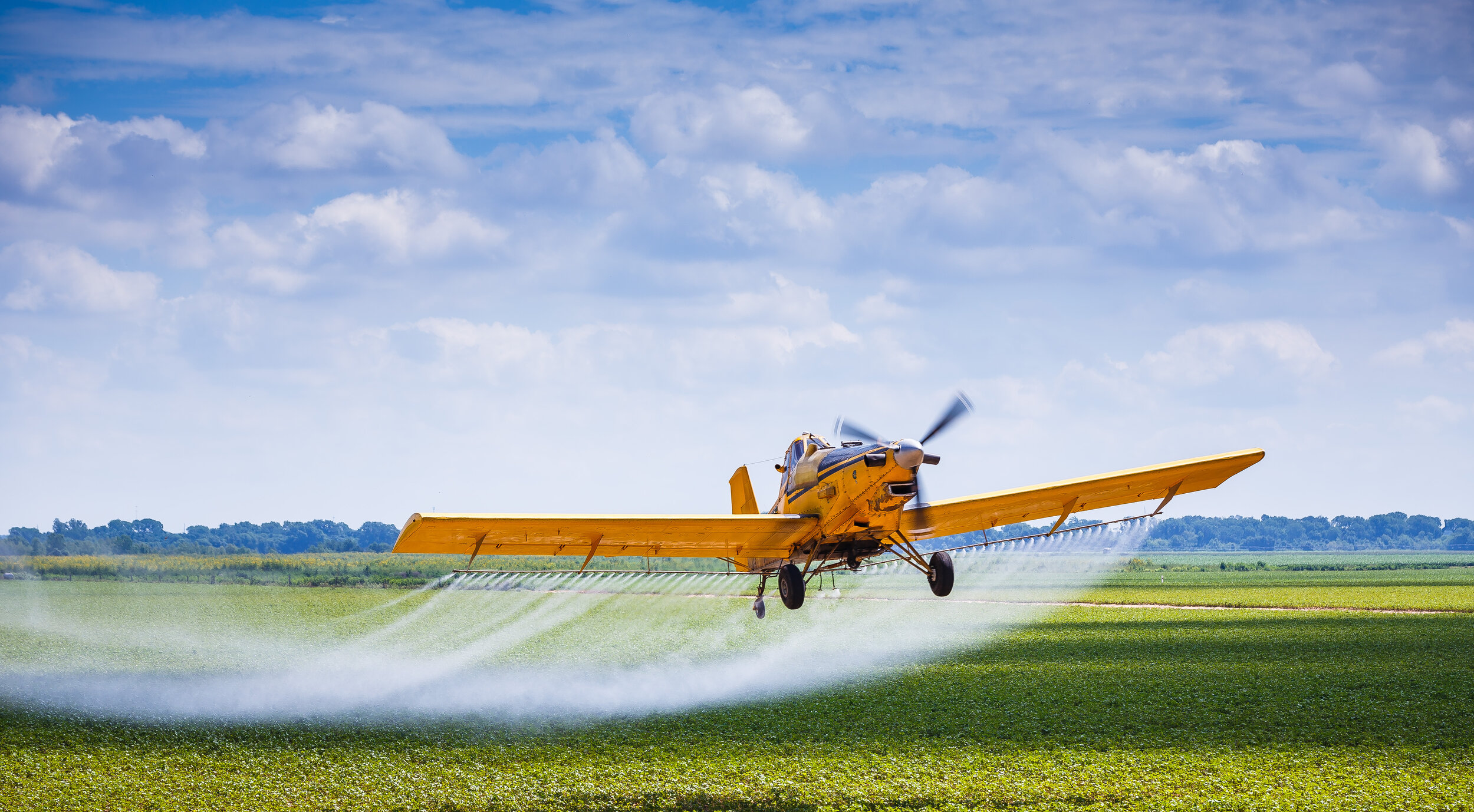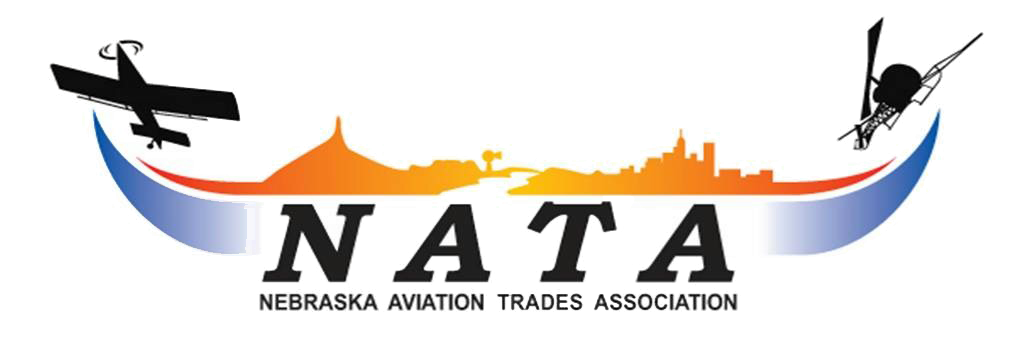
NATA Scholarship
The 2026 NATA scholarships are available to any Nebraska high school senior
or individual continuing their education.
The application deadline is February 15, 2026.
Essay Topic: Community Impact: The Role of Aerial Application in Rural Economies and Food Security
2026 Scholarship Applications
Essay:
The essay topic is: Topic will be posted by November 1, 2025.
The essay must be a minimum of 400 words and must be typed and double spaced.
Please read the General Instructions below before completing your scholarship packet.
General Instructions:
A $2,000 scholarship will be presented by the Nebraska Aviation Trades Association to any two high school seniors or individuals who are a resident of the state of Nebraska continuing their education as a full-time student.
The scholarship is for one year and is nonrenewable.
All applications with an essay of a minimum of 400 words typed and double spaced, must be received by February 15, 2026. The Essay topic is: will be posted by November 1, 2025.
Applicant must use an official application which has been dated and signed by the student. Typewritten applications are preferred but handwritten submissions are acceptable, except for the essay which MUST be typed and double spaced.
Application must include the signature of a voting member of the Nebraska Aviation Trades Association. A list of current members is attached at the end of this application.
Applications and all supporting documents must be in English.
Official high school transcripts of student records from the beginning of the 9th grade to due date of application must accompany all applications.
SAT and ACT test scores or related equivalent must be included with application.
The Women's Nebraska Aviation Trades Association shall pick a minimum of three members as the Selection Committee.
Winner will be notified prior to April 1, 2026.
If you have any questions, please contact Jenny Goertzen, Nebraska Aviation Trades Association at 402-922-6282 or email: info@natahq.com.
2025 Scholarship Winners
Garret Ostrander
Public Perception and Misinformation
The aerial application industry is a cornerstone of modern farming, providing efficient solutions for pesticide and fertilizer application. However, one of the most significant challenges it faces isn't technical or government regulation, it's the influence of public perception, which is often shaped by misinformation. Misunderstandings about the safety and environmental impact of ag aviation are major obstacles that hinder aerial application today. To ensure the industry's success and public support, it is crucial to address these misconceptions through education, communication, and community engagement.
One of the primary hurdles for the ag aviation industry is the perception that it has a negative impact on the environment. Concerns about pollution and chemical drift are common among the general public, who often view aerial application as an outdated and risky practice. This perception persists despite the industry's reliance on cutting-edge technology. GPS-guided systems, advanced spray nozzles, and real-time weather data allow ag pilots to apply pesticides, fertilizers, and other treatments with pinpoint accuracy (National Agricultural Aviation Association, 2024). Unfortunately, the general public is often unaware of these technological advancements, leading to fears that ag aviation practices are unsafe or environmentally irresponsible. Another challenge is the public's concern about health and safety. Misleading information can create anxiety about the potential risks associated with aerial application, suggesting that chemicals could drift into residential areas or harm local ecosystems. In reality, ag aviation operates under strict safety protocols to protect both the health of humans and the environment. Yet, these protocols are not always well communicated, allowing misinformation to take root and grow. The lack of public awareness about the benefits of ag aviation further complicates matters. Many people are unaware of the industry's crucial role in agriculture, particularly its ability to efficiently control pests, manage diseases, and ensure healthy crops. This disconnect leads to a narrow understanding of ag aviation's purpose, focusing only on perceived risks while overlooking the significant advantages it offers to food production and environmental sustainability.
To change the public's perception, the aerial application industry needs to prioritize education and transparency. Partnerships with local schools, agricultural fairs, and community events can provide opportunities to demonstrate how modem ag aviation operates. Interactive workshops, hands-on demonstrations, and guided tours can make a positive impact, showing the public how the new precision tools help to minimize the environmental risks and ensure safety. Effective communication is also critical in bridging the gap between the industry and the general public. The ag aviation sector should engage with local media outlets and trusted community leaders to share accurate information about its practices. Addressing misconceptions directly, through clear and honest communication, can help to counteract the exaggerated narratives that often circulate on social media and in the news.
Misinformation, particularly in the age of social media, is a persistent challenge for the ag aviation industry. Stories about chemical spills or drift incidents can spread quickly, often leading to public fear, despite the rarity of such events. However organizations like the National Agricultural Aviation Association (NAAA) play a crucial role in providing trustworthy data and expert perspectives, helping to dispel the myths and counteract the misleading stories.
The challenges faced by the ag aviation industry today due to public perception and misinformation are not unconquerable. By investing in education, improving communication, and engaging with local communities, the industry can create a more informed and supportive public. Overcoming these obstacles will not only help the ag aviation industry to thrive but will also ensure that it can continue to make vital contributions to agriculture and food security for many more years. As the industry takes steps to address misinformation and foster a deeper understanding of its work, it will secure a more positive and sustainable future.
Matthew Storm
What are the Biggest Obstacles to Ag Aviation in my Area?
Ag Aviation is a cornerstone in agricultural life. According to the National Agricultural Aviation Association, Ag pilots spray hundreds of millions of acres of corn, beans, wheat, and other crops each year helping to put food on the table for the American families. Even though Ag Aviation is important, many people are not very educated on the idea of aerial spraying. Around my area, David City, Nebraska, most farmers use ground sprayers or other means to apply insecticides, fungicides, or other products on their fields. Some local farmers are just unfamiliar with aerial spraying. Not only are some farmers uncertain about aerial application, but so is the younger generation. When I mention my summer job, which is assisting with my father's aerial spraying business, my peers don't seem to understand what is involved with aerial spraying and why it is just as, if not more, effective and reliable than ground spraying. This is a problem because a lot of local farmers around me plan on having their sons and daughters carry on their farming traditions. If the upcoming generation is not aware of the benefits of aerial application, the number of acres treated by ag aircraft each year could begin to drop in the near future. I think the best way to solve this problem is to educate the younger generation. They are the future farmers of our nation and if we can begin to really give them a clear depiction of how efficient aerial application is, then they may be more inclined to apply products to their fields through aerial spraying in the future. There are a few different ways we could begin to educate the youth about Agricultural Aviation. One way would be to start teaching about it in agricultural classes (FFA) in local schools. What I have personally noticed is that aerial application is often overlooked, especially when talking about crop production. Aerial spraying is just not seen as a very important part of agriculture, even though it deals with roughly 28% of sprayed cropland each year according to the National Agricultural Aviation Association. My father, who is the owner of Storm Aeronautics/Storm Flying Service, has had a few classes from the local elementary school come down to tour his shop and showed them the aircraft he uses to spray for local farmers. I think just introducing the younger children to aerial application could have a very positive impact on the Agricultural Aviation Industry. Another way we could help educate the youth on Aerial Application could be showing examples of corn or beans sprayed by an airplane paired up next to other crops sprayed by a drone or ground sprayer. We can start to show the next generation solid evidence that aerial spraying is just, and in a lot of cases, even more efficient than current methods they may plan on utilizing in the future.
One of the biggest obstacles for Agricultural Aviation is the lack of knowledge of aerial spraying. Many of the younger generation, and even some of the current farmers, do not seem to know how much aerial application truly affects the agricultural world. If we can begin to educate these people, young and old, then that would positively impact agriculture as a whole. Aerial Application has been proven to be efficient, effective, and more profitable to farmers than other methods. For this reason, aerial application is here to stay, and I would like very much to follow in my father's footsteps.

